Home » How to Properly Label Corrugated Boxes
How to Properly Label Corrugated Boxes
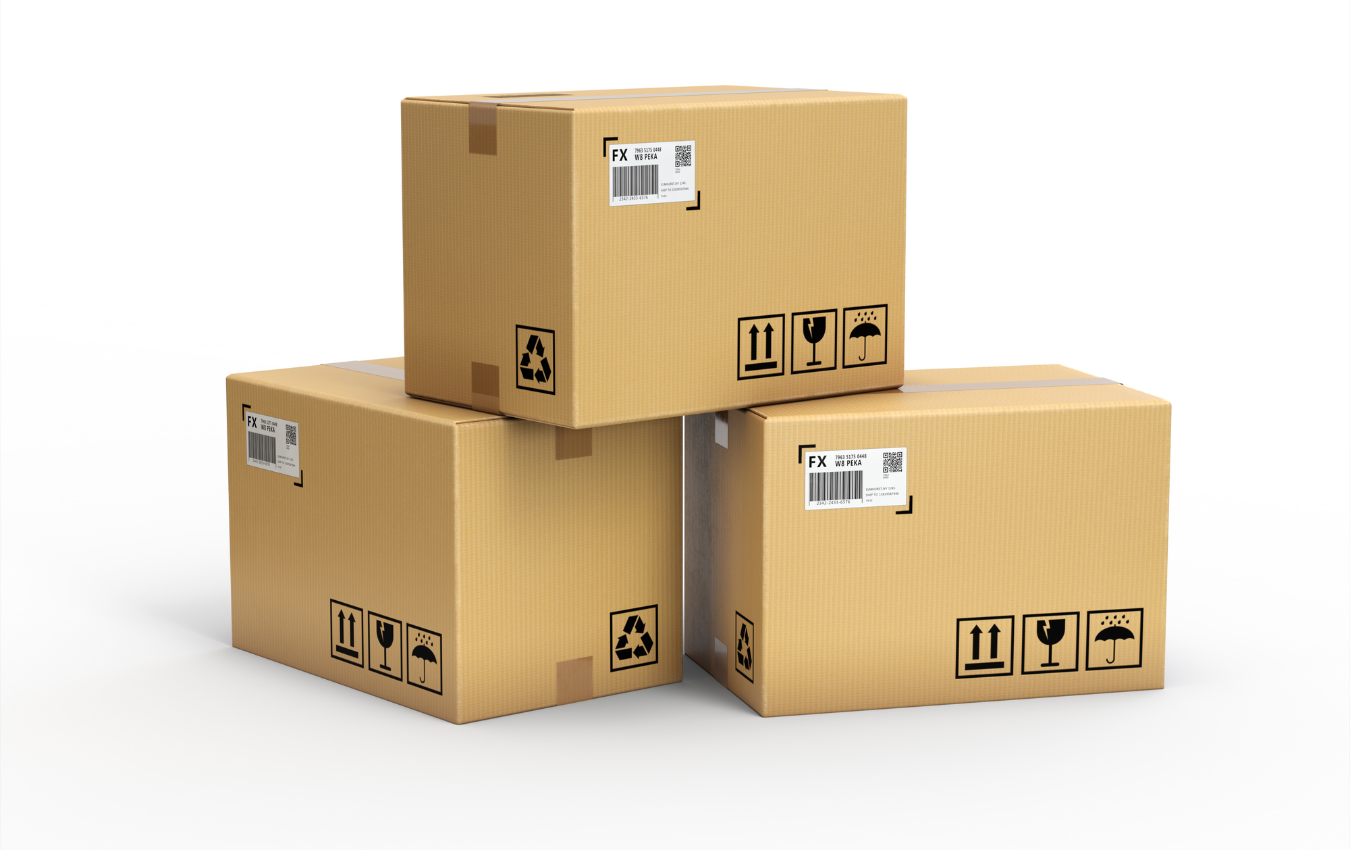
Labeling corrugated boxes correctly is not just a matter of organization; it’s a vital component of the shipping and handling process, ensuring that your products reach their destination safely and efficiently. Proper labeling is also crucial for compliance with shipping regulations, inventory management, and providing important product information. This blog post will guide you through the best practices for labeling corrugated boxes effectively.
Understanding the Importance of Correct Labeling
Proper labeling of corrugated boxes serves multiple purposes, from aiding in efficient handling and shipping to ensuring regulatory compliance and enhancing customer experience. It minimizes the risk of loss or damage during transit and streamlines inventory management.
Key Elements of Corrugated Box Labels
- Shipping Information:
- Include the recipient’s name, address, and contact information.
- For international shipments, include relevant customs information and international codes.
- Return Address:
- Always include your business’s return address in case the package needs to be returned or is undeliverable.
- Tracking Numbers:
- If applicable, ensure tracking numbers are visible and scannable.
- Handling Instructions:
- Clearly mark any specific handling instructions such as “Fragile,” “This Side Up,” or “Handle with Care.”
- Weight Indication:
- Indicating the package’s weight can help handlers use the appropriate methods for lifting and stacking.
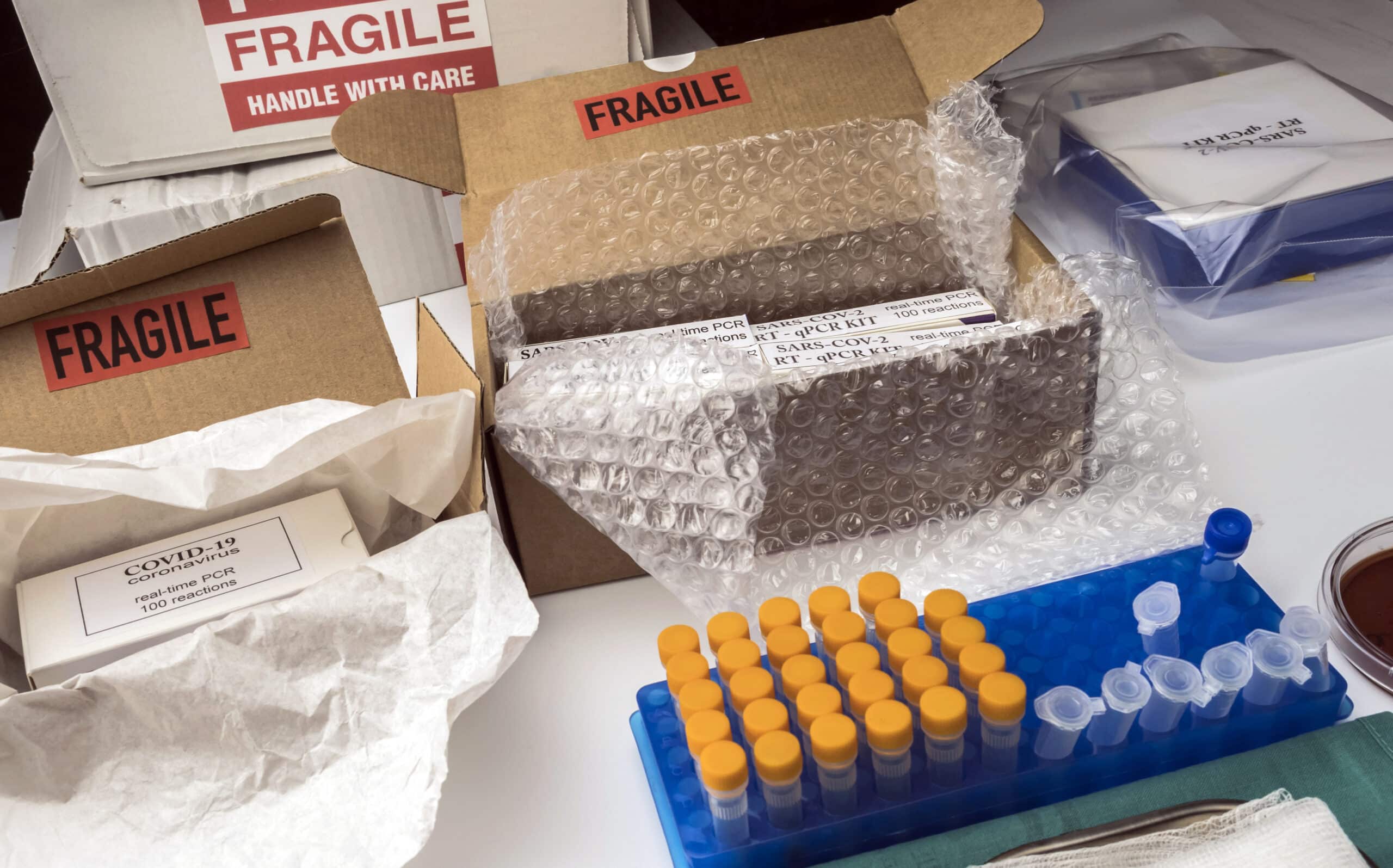
Best Practices for Labeling Corrugated Boxes
Placement and Visibility:
- Place labels on the largest side of the box, ensuring they are easily visible and readable.
- Avoid placing labels over seams, corners, or closures where they might get damaged or become illegible.
Type of Labels:
- Use high-quality, durable labels that can withstand various environmental conditions like moisture, temperature changes, and handling.
- Consider using adhesive labels that strongly adhere to corrugated surfaces.
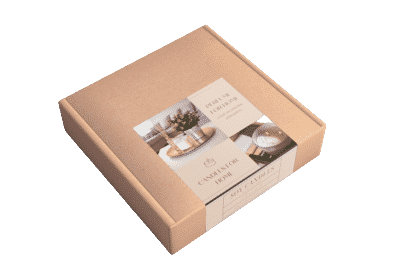
- Print Quality:
- Ensure all printed information is clear and legible. Use high-contrast text and background for better readability.
- If using barcodes, they should be high quality to ensure easy scanning.
- Information Accuracy:
- Double-check that all information on the labels is accurate and up-to-date.
- For repeated shipments to the same address, ensure old labels are removed or covered to avoid confusion.
- Compliance with Regulations:
- Familiarize yourself with and comply with shipping and labeling regulations, especially for international shipments.
- Include any necessary regulatory information, symbols, or warnings.
- Technology Integration:
- Consider integrating technology such as QR codes to provide additional information, such as assembly instructions or product details.
- Label Protection:
- Use clear packing tape or label protectors to cover the entire label, protecting it from moisture and handling.
- Environmental Considerations:
- For businesses focusing on sustainability, use eco-friendly labels made from recycled or biodegradable materials.
If you are interested in labels and/or corrugated boxes, then partner with Brown Packaging today to get started.
In today’s competitive market, packaging affordability doesn’t start with cheaper materials — it starts with smarter design. Every score, fold, and insert decision affects not
Every brand is feeling the squeeze — higher raw material costs, volatile freight rates, and a consumer base more price-conscious than ever. But cutting packaging
Corrugated board comes in multiple flute sizes and wall grades, each designed to balance strength, weight, and cost. Selecting the wrong grade can lead to
As tariff changes reshape global trade, packaging buyers moving production from China to the U.S. or nearshore regions face a new challenge: supplier qualification. Transitioning
Home » How to Properly Label Corrugated Boxes
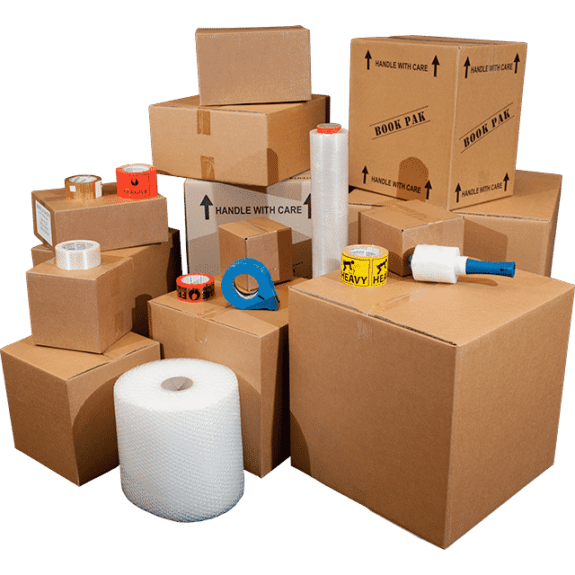
Selecting the right packaging materials is a critical decision for businesses, impacting everything from product protection and shelf life to brand perception and sustainability. With
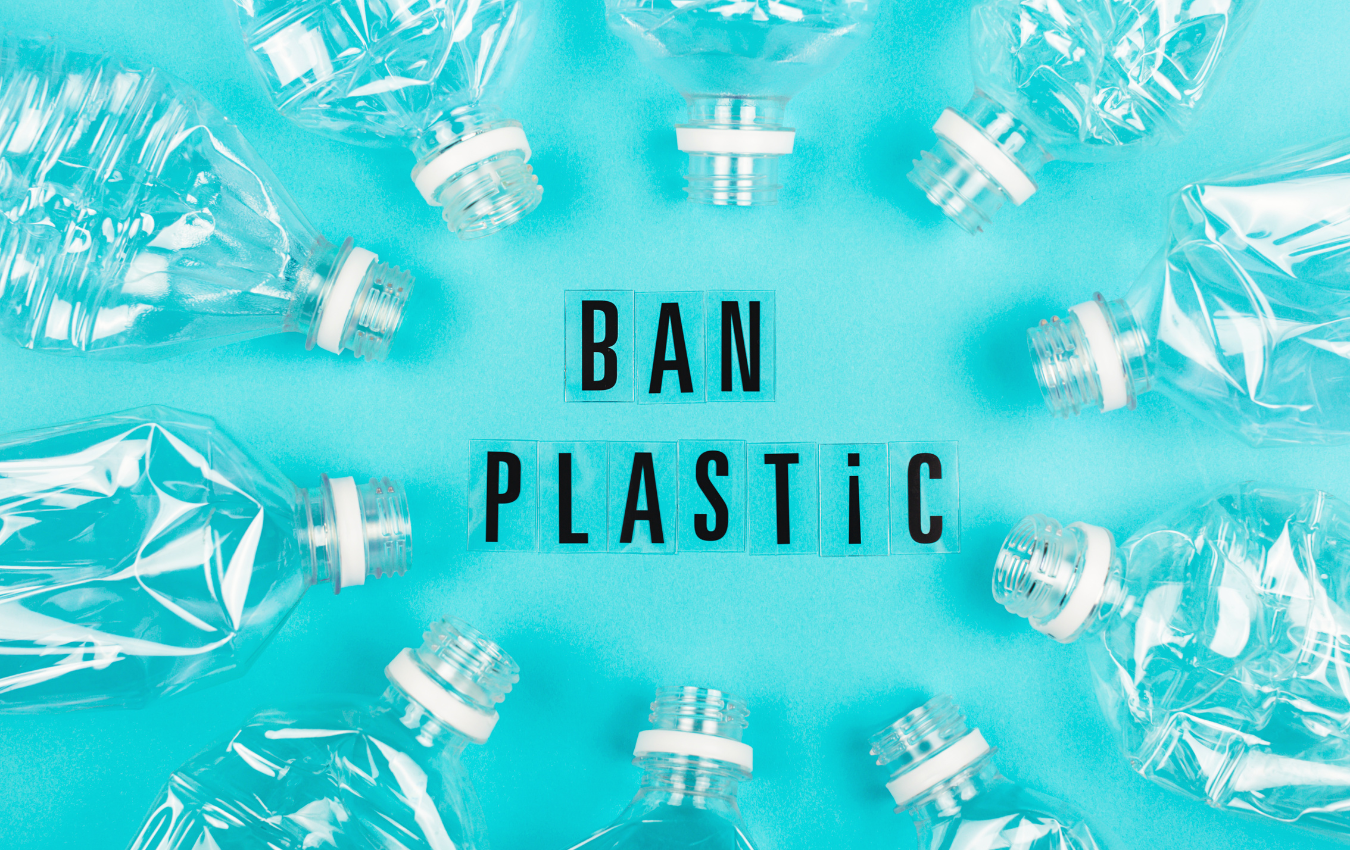
In the ongoing battle against environmental degradation, California has emerged as a leader in the fight to reduce single-use plastics. With a series of comprehensive

In the complex journey of consumer decision-making, packaging plays a more significant role than many businesses might realize. It’s not merely a container for your


